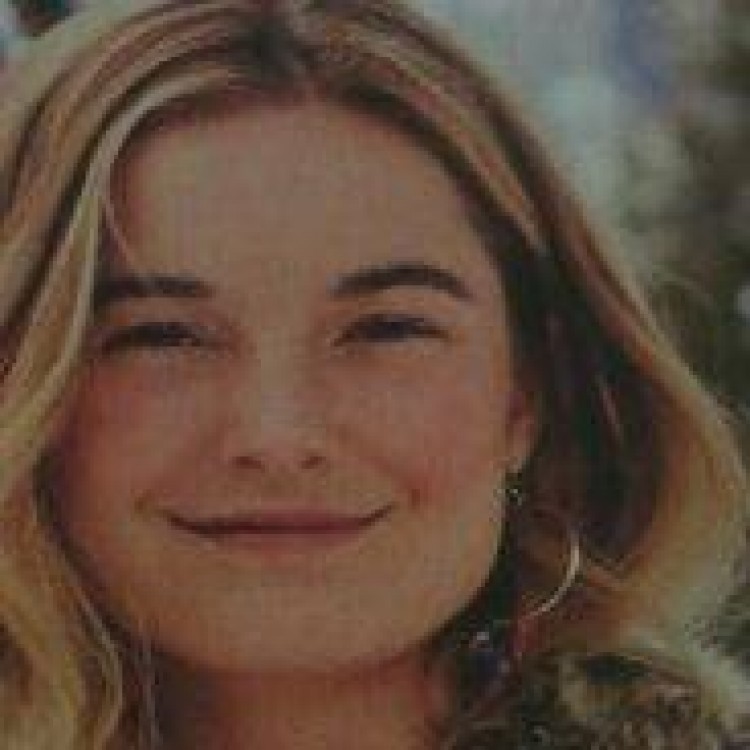When Betty Friedan submitted her article in 1956 about the frustrations women experience in their traditional roles as housewife and mother, she received rejections from McCalls, The Ladies’s Home Journal, and every other publication she approached. The editors, all men at that day and age, were pretty disapproving, too, going so far as to say any woman would have to be “sick” not to be completely satisfied in her rightful role!
But Betty knew that she and millions of women like her were not sick, just stifled. Betty nee Goldstein Friedan put aside her dream of being a psychologist for fear of becoming a spinster, instead choosing to marry and work for a small newspaper. She was fired from her job when she got pregnant for the second time, and began, like most middle-class women of her day and age, to devote herself full-time to the work of running a home and
family, what she called “the dream of life, supposedly, of American women at that time.” But after a decade of such devotion, she still wasn’t happy and theorized she wasn’t alone. A graduate of Smith College, she decided to poll her fellow alumnae. Most of her classmates, who had given up promising careers to devote themselves to their families, felt incomplete; many were deeply depressed. They felt guilty for not being completely content sacrificing their individual dreams for their families, each woman certain that her dissatisfaction was a personal failing. Betty called this “the problem that has no name” and so she gave it one, “the feminine mystique.”
Over the next five years, her rejected article evolved into a book as she interviewed hundreds of women around the country. The Feminine Mystique explored the issue, criticizing American advertisers’ exclusively domestic portrayal of women and issuing a call to action for women to say no to the housewife role and adopt a “new life plan” in which they could have both families and careers. With its publication in 1963, The Feminine Mystique hit America like a thunderbolt; the publisher W.W.I. Norton had printed only 2,000 copies, never anticipating the sale of 3 million copies in hardcover alone!
Unintentionally, Betty had started a revolution; she began to be flooded with letters from women saying her book gave them the courage to change their lives and pursue equal access to employment opportunities and other equality issues. Ultimately, the response to Betty’s challenge created the momentum that led to the formalization of the second wave of the US women’s movement in 1966 with the organization of NOW—the National Organization for Women.
Betty was NOW’s first president and took her role as a leader in the women’s movement seriously, traveling to lectures and campaigns for change, engendering many of the freedoms women now enjoy. She pushed for equal pay for equal work, equal job opportunities, and access to birth control and legalized abortion. In 1970, she quit NOW to fight for the Equal Rights Amendment, and in 1975, was named Humanist of the Year. Of her, author Barbara Seaman wrote, “Betty Friedan is to the women’s movement what Martin Luther King was to blacks.”
In 1981, responding to critics who claimed feminism ignored the importance of relationships and families to most women, she penned The Second Stage, in which she called on men and women to work together to make both the home and the workplace havens for both genders. Before her death in 2006, Betty was making another revolution with her book, The Fountain of Age, raising consciousness about society’s stereotypes about aging thirty years after she, as futurist Alvin Toffler so aptly put it, “pulled the trigger of history” with The Feminine Mystique.
“It’s been a lot of fun making the revolution.”
— Betty Friedan


